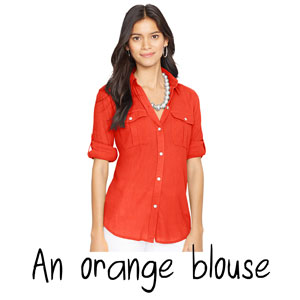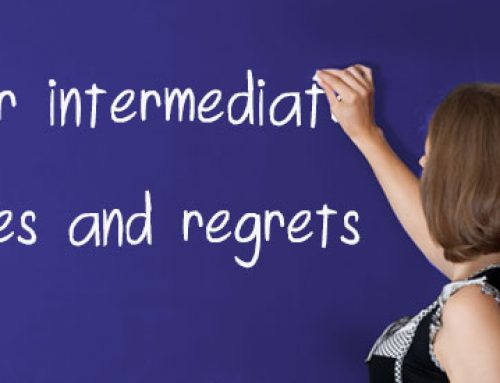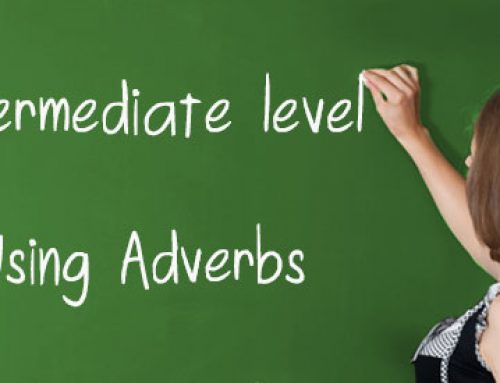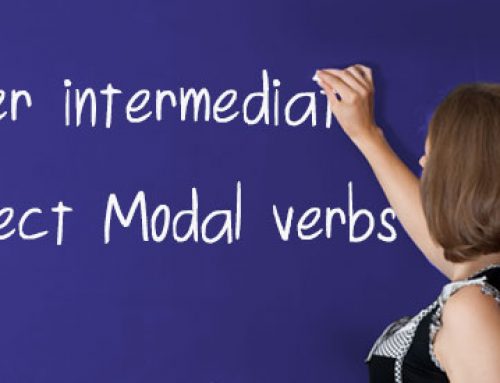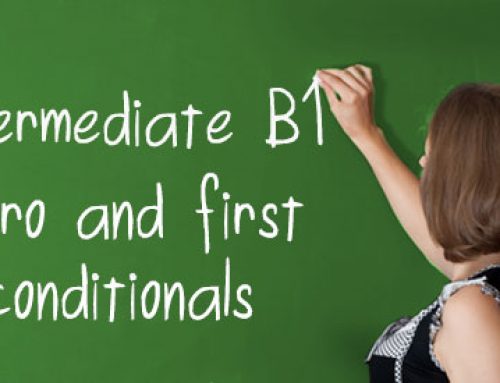Grammar Guide – Gli articoli – a / an / the
Grammar Guide – Gli articoli – a / an
In inglese, gli articoli ‘a / an’ corrisponde a ‘un / uno / una’.
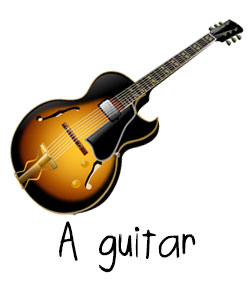
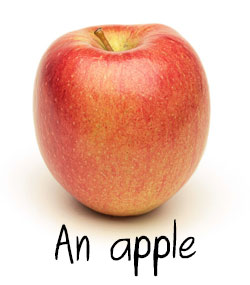
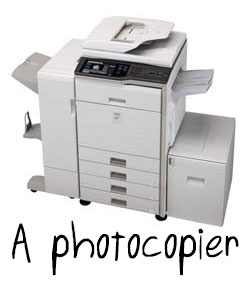
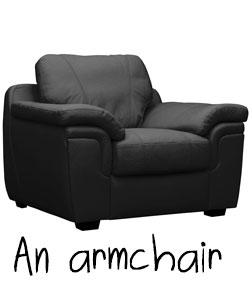
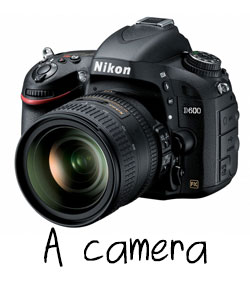
Si usa ‘a’ davanti a consonante (b, c, d, f, g, ecc)
- I’m going to buy a car. (Ho intenzione di comprare una macchina.)
- He’s a teacher. (Lui è un insegnante.)
- Can I ask a question? (Posso fare una domanda?)
- I have a son and two daughters. (Ho un figlio e due figlie.)
Si usa ‘an’ davanti a vocale (a, e, i, o, u)
- There is an apple in the fridge. (C’è una mela in frigorifero.)
- I want to buy an umbrella. (Voglio comprare un ombrello.)
- Paris is a beautiful city. (Parigi è una città bellissima.)
- Can I have a cup of tea? (Posso avere una tazza di tè?)
Si usa ‘an’ anche davanti a ‘h’ muta: An hour (qui la ‘h’ non si pronuncia).
Ma si usa ‘a’ davanti al suono ‘you’: A university, A union, a European country
Another
Another (composta da ‘an’+’other’ significa un’altra/un altro ed è una parola sola
- Would you like another cup of coffee? (Vuoi un’altra tazza di caffè?)
- She wants to buy another pair of shoes. (Vuole comprare un altro paio di scarpe.)
- I’ll come back another day. (Tornerò un altro giorno.)
Spesso, si usa ‘an’ per definire cose, animali o persone.
- Paris is a city in France. (Parigi è una città in Francia.)
- A lion is a type of cat. (Un leone è un tipo di gatto.)
- Susan is a pretty woman. (Susan è una bella donna.)
- Football is not a sport; it’s a business. (Il calcio non è uno sport; è un business.)
Per indicare le professioni
Si usa ‘a / an’ con i nomi che indicano mestieri e professioni.
- I’m a dentist. (Sono dentista.)
- Paul is an engineer. (Paul fa ingegnere.)
- Dali was a Spanish painter. (Dalì era un pittore spagnolo.)
- Are you a student? (Sei studente?)
Articoli – the
Generalmente, in inglese, ‘the’ corrisponde a ‘il / lo / la / i / gli / le). L’articolo determinativo ‘the’ precede i gruppi nominali che indicano qualcosa di specifico, determinato o gia descritto.
- What is the time? (Che ora è?)
- Where is the train station? (Dove si trova la stazione?)
- What time does the shop close? (A che ora chiude il negozio?)
- My office is on the second floor. (Il mio ufficio si trova al secondo piano.)
- The government is incompetent. (Il governo è incompetente.)
- Dogs are not allowed in this restaurant. (I cani non sono ammessi in questo ristorante – tutti i cani, i cani in generale)
- The dogs next door bark all night! (I cani del vicino abbaiano tutta la notte – si specifica che sono quelli del vicino)
A volte, si usa ‘the’ in inglese, ma nessun articolo in Italiano
- He is in the garden / the kitchen / the bathroom / the lounge (ecc) – (in giardino / cucina / ecc)
- They live in the city / the countryside / the mountains – (abitano / vivano in città / compagna / montagna)


